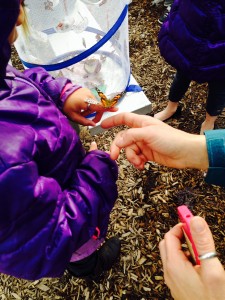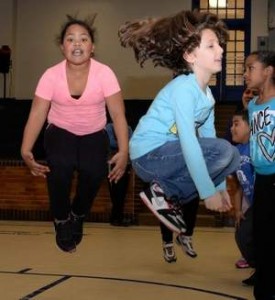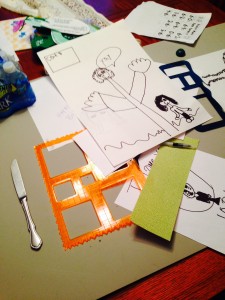This morning a group of 1st graders invited me to have them release their butterflies into the Millville area. I will be honest. I was in such a rush. I had meetings scheduled. I had people that needed to talk to me. I didn’t have my jacket. The last thing I really wanted to do was go outside. How could I say no to a 1st grader who said, “Dr. Cook, can you come out and watch us set our butterflies free?” So I did, and I am really glad that I made that decision. Sometimes, watching butterflies fly away is much more important than anything else.
The students, who have been studying the life cycle, have known these butterflies since they were in the cocoon. They were so excited to see them fly away. This process has been going on for a few weeks.
After I left the students and went back into the building, I was refreshed. This little activity made such a big impact!









